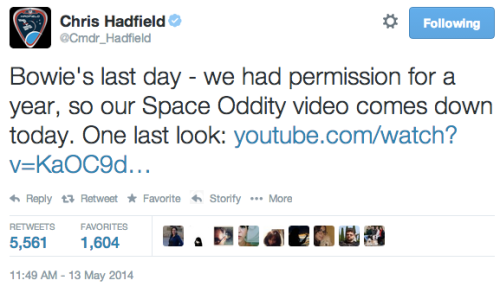UPDATE 2014-11-25 6:28AM (ET): Grant Young, Head of Digital Content at Cambridge University Library commented to let us know where the Darwin manuscripts stand legally. The unpublished manuscripts remain under copyright to the Darwin Estate until 2039. As Young notes in his comment below, Cambridge University Library is actively working to reduce the copyright period on unpublished works and prefers to release documents as openly as possible. The original post has been modified with the elements that are no longer applicable having been struck out.
The Cambridge Digital Library has simulataneously done a thing that is very cool thing and thing that is a bit uncool. They have digitized and made available online over 30,000 Charles Darwin manuscripts from 1835-1882. That is a very cool thing to do.
The Charles Darwin Papers in the Manuscripts Department of Cambridge University Library hold nearly the entire extant collection of Darwin’s working scientific papers. Paramount among these documents are Charles Darwin’s Evolution Manuscripts, which are being published online at the Cambridge Digital Library and simultaneously at the Darwin Manuscripts Project in collaboration with the Darwin Correspondence Project. This is a conceptually coherent set of over 30,000 digitised and edited manuscript pages, spanning 1835-1882.
-Cambridge Digital Library
You will notice, however, that I have not posted an image of any of these manuscripts, say a cute sketch of a fir trees that I find wonderfully idiosyncratic (and which does not make me feel bad about my own artistic abilities).
That is because the Cambridge University Library is exerting an “all rights reserved” copyright over the digital images of manuscripts, which are themselves likely* (due to age) to be in the public domain. This is a bit uncool. Though they are within their rights to exert copyright over the images, this potentially creates barriers to using these manuscripts as a resource for science communication and research.
This image may be used in accord with fair use and fair dealing provisions, including teaching and research. If you wish to reproduce it within publications or on the public web, please make a reproduction request.
-Cambridge Digital Library
Although I have no doubt that Cambridge University Library is reasonable in dealing with reproduction requests, the system is not particularly convenient, nor does it appear well suited for handling multiple image requests.
This must have been a very challenging project and the Cambridge Digital Library deserves all the credit they will receive and more; but you can have credit without absolute control.
Cambridge University Library, please share.
*IANAUKIP – I Am Not An United Kingdom Intellectual Property Lawyer
Filed under: Items of Interest Tagged: Cambridge University Library, Charles Darwin, Copyright, creative commons, manuscirpts

